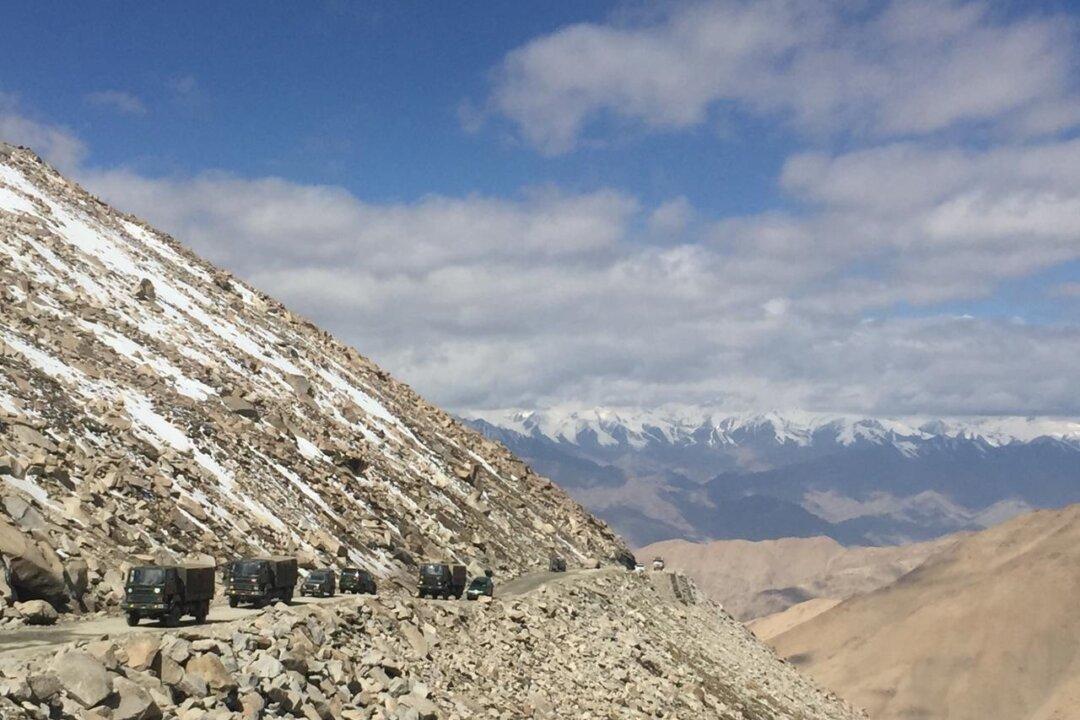NEW DELHI—Indian defense sources are denying that an extra 50,000 troops have been sent suddenly to the border with China, after media reports called the alleged deployment a “historic move” by India.
Three defense sources who spoke to The Epoch Times on June 29 denied a report by Bloomberg about a sudden buildup of troops and “shift toward an offensive military posture” in the past few months, saying that heavy deployment has continued since last year’s standoff.





